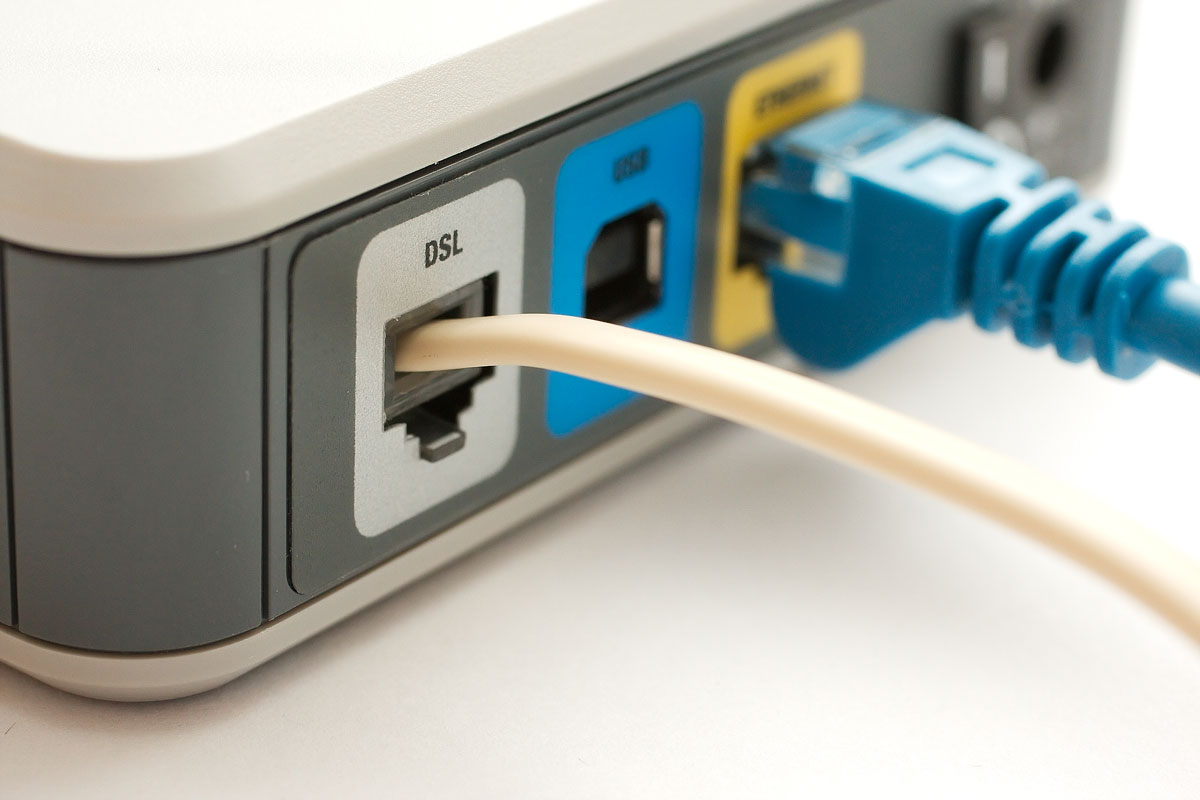Is DSL internet obsolete?
Not quite. Although cable and fiber dominate urban areas, DSL remains vital in places where laying new lines isn’t economically feasible. Providers like Frontier and AT&T still maintain DSL footprints.
Choosing the best internet service provider option available to you can help you save money while enjoying faster, safer internet with better customer service.
26 December, 2024 | Posted by:
Category: Service Providers, Tips | No Comments

Choosing the right internet service provider (ISP) is crucial for ensuring you have a reliable and fast internet connection that meets your needs. With so many options available, it can be challenging to determine which ISP is the best fit. Here are five key factors to consider when selecting an ISP.
The first factor to consider is the availability of ISPs in your area. Not all providers offer services in every location. Use resources like KonectEaze to check which ISPs are available at your address. Providers like Spectrum and CenturyLink offer extensive coverage in many regions.
Internet speed is a critical factor, especially if you use the internet for streaming, gaming, or working from home. Check the speed options offered by different providers and choose one that meets your requirements. Providers like Google Fiber and Verizon Fios are known for their high-speed internet plans.
Cost is another essential consideration. Compare the pricing of different plans and consider any additional fees such as installation costs or equipment rental. Look for promotions or bundle deals that can save you money. Providers like Xfinity and Cox often offer competitive pricing and discounts for new customers.
Reliability is crucial when it comes to internet service. Look for ISPs with a reputation for consistent and stable connections. Reading customer reviews and checking service reliability reports can help you gauge the dependability of a provider. Providers like AT&T and Optimum are known for their reliable service.
Good customer service can make a significant difference in your overall experience with an ISP. Consider providers with positive customer service reviews and robust support options. Companies like Frontier and HughesNet are noted for their responsive customer support.
Choosing the right ISP involves considering factors such as availability, speed, cost, reliability, and customer service. By taking the time to research and compare your options, you can find an internet service provider that meets your needs and ensures a smooth and enjoyable online experience.
Discover expert tips and tricks on boosting your internet speed with KonectEaze's comprehensive guide. Improve your online experience today!
24 October, 2024 | Posted by:
Category: Service Providers, Tips | No Comments

Slow internet can be incredibly frustrating, especially when you're trying to stream a movie, play an online game, or join a video call. Fortunately, there are several ways you can boost your internet speed. Here are 10 tips to help you increase your internet speed and enjoy a smoother online experience.
Start by checking your internet plan to ensure it meets your needs. If you find your current plan isn't fast enough, consider upgrading to a higher-speed plan. Providers like Spectrum and Xfinity offer various plans to cater to different usage requirements.
Sometimes, simply restarting your router can improve your internet speed. Unplug the router, wait for about 30 seconds, and then plug it back in. This can help clear any temporary issues and refresh your connection.
The placement of your router can significantly impact your internet speed. Ensure your router is in a central location, away from walls and obstructions. Avoid placing it near other electronic devices that can cause interference.
For activities that require high-speed internet, such as gaming or streaming, consider using a wired Ethernet connection instead of Wi-Fi. Wired connections are generally faster and more stable.
Check if your router's firmware is up to date. Manufacturers often release updates to improve performance and security. Refer to your router's manual or the manufacturer's website for instructions on how to update the firmware.
Having too many devices connected to your network can slow down your internet speed. Disconnect any devices that you're not using to free up bandwidth for more important tasks.
Some routers come with Quality of Service (QoS) settings that allow you to prioritize certain types of traffic, such as streaming or gaming. Enabling QoS can help ensure that your most important activities receive the bandwidth they need.
Malware can slow down your internet speed by using your bandwidth without your knowledge. Use a reputable antivirus program to scan your devices for malware and remove any threats.
Over time, your browser's cache can become cluttered with temporary files, which can slow down your internet speed. Clear your cache regularly to improve your browsing experience.
If you've tried all these tips and your internet speed is still slow, contact your internet service provider (ISP). There may be an issue with your connection that they can resolve. Providers like AT&T and Cox offer customer support to help troubleshoot and fix connectivity issues.
By following these tips, you can increase your internet speed and enjoy a smoother, more reliable online experience.
Internet speed is expressed in megabytes per second. Abbreviated as Mbps,this number measures the amount of information traveling over the... Read More
21 January, 2025 | Posted by:
Category: Gaming, Internet, Service Providers, Streaming, Tips | No Comments

Choosing the right internet speed is essential for enjoying a seamless online experience. Whether you’re streaming, gaming, or working from home, this guide will help you determine the speed that fits your needs.
| Activity | Recommended Speed |
|---|---|
| Email & Browsing | 1-5 Mbps |
| HD Streaming | 5-10 Mbps |
| 4K Streaming | 25 Mbps or higher |
| Online Gaming | 10-25 Mbps |
| Video Conferencing | 3-10 Mbps |
The more devices and users connected to your network, the more bandwidth you need. For example, a family of four streaming HD content simultaneously may require speeds of 50 Mbps or higher to avoid buffering and slowdowns.
It’s easy to check your current internet speed. Follow these steps:
| Internet Type | Speed Range | Reliability |
|---|---|---|
| DSL | 1-100 Mbps | Moderate |
| Cable | 10-1,000 Mbps | High |
| Fiber | 100-10,000 Mbps | Very High |
| Satellite | 12-150 Mbps | Weather-Dependent |
Explore plans tailored to your needs. Find Internet Plans in your area today!
Learn how DSL internet works, its advantages and drawbacks, and why it might be the right fit for your home. Compare DSL providers like Frontier or AT&T, plus discover faster alternatives with KonectEaze.
27 January, 2025 | Posted by:
Category: Apps, Business Internet, Cable, Gaming, Deals & Packages, News, Reviews, Internet, Service Providers, Streaming, Technology, This & That, Tips, TV | No Comments

DSL (Digital Subscriber Line) internet might not be the fastest service around, but it remains a practical option for millions of Americans, especially in rural or suburban markets where cable or fiber isn’t widely available. This guide breaks down how DSL works, what speeds to expect, and how it stacks up against other broadband types. We’ll also highlight Frontier and AT&T DSL for those seeking **reliable** and **budget-friendly** internet.
DSL uses telephone lines (copper-based) to transmit internet data without interfering with phone calls. The signal travels from a local exchange to a DSL modem in your home, enabling broadband speeds typically faster than dial-up but often slower than cable or fiber.
| DSL Tier | Download Speeds | Upload Speeds |
|---|---|---|
| Basic DSL | Up to 5–10 Mbps | 1 Mbps or lower |
| Enhanced DSL | 20–50 Mbps | Up to 5 Mbps |
| VDSL (Advanced) | 50–100+ Mbps | Up to 10–20 Mbps |
**Note**: Actual speeds vary by location and the provider’s infrastructure. Rural DSL lines can be slower if you’re far from a node. However, if you only need moderate browsing, streaming in HD, or light remote work, DSL can suffice—especially if cable/fiber is unavailable.
Two major names still offering DSL in certain areas are Frontier and AT&T.
If DSL doesn’t meet your speed needs, consider bundling or upgrading to CenturyLink’s or Spectrum’s cable/fiber if available in your area.
For users requiring higher speeds or multiple 4K streams, alternative broadband types might fit better:
Unsure what’s in your ZIP code? Check with KonectEaze for real-time availability and plan comparisons.
Not quite. Although cable and fiber dominate urban areas, DSL remains vital in places where laying new lines isn’t economically feasible. Providers like Frontier and AT&T still maintain DSL footprints.
DSL typically provides a dedicated line from your phone jack to the network. Unlike cable, speeds don’t usually drop due to neighborhood traffic—but can decline with line distance or aging infrastructure.
Consider upgrading to cable or fiber if offered in your area. Spectrum or Cox could deliver higher speeds for streaming or gaming.
DSL might not break speed records, but it remains an accessible, cost-effective option—particularly for rural or suburban users who only need moderate performance. Whether you choose DSL from Frontier or AT&T or decide to explore cable/fiber alternatives, knowing your usage patterns is key to making an informed choice.
Ready to see what’s available? Search your ZIP code with KonectEaze for real-time data on DSL, cable, fiber, and fixed wireless providers in your location.